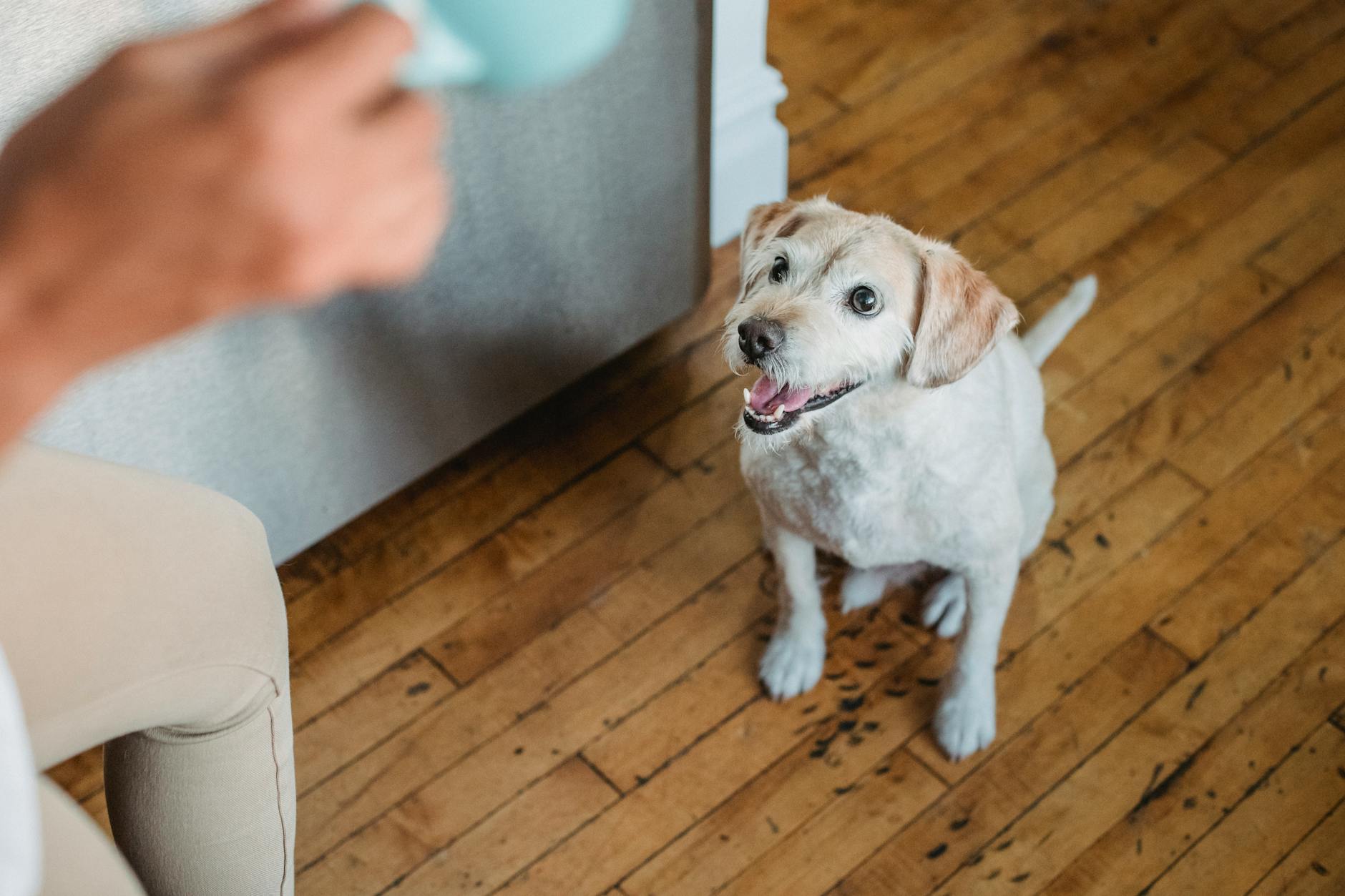Master Pup Calm: A Dog Therapy Training Guide

Dogs, much like humans, can experience anxiety that affects their well-being and happiness. As a pet owner, you might feel helpless when you see your furry friend under stress. Whether it's due to thunderstorms, separation, or the hustle and bustle of daily life, anxiety in dogs is a serious issue that requires attention. That's where "Master Pup Calm" comes in—your essential guide to dog therapy training.
Understanding Dog Anxiety
Before diving into therapy training, it is important to understand the signs and sources of anxiety in dogs. Symptoms of anxiety can include excessive barking, trembling, destructive behaviors, accidents in the house, and obsessive-compulsive actions, among others. Common triggers of anxiety include:
- Loud noises (e.g., fireworks, thunder)
- New environments or people
- Separation from owners
- Past trauma or abuse
- Routine changes
Proven Tips for a Peaceful, Happy Pet
Establish a Safe Space
Create a sanctuary where your dog can retreat when feeling stressed. This could be a quiet room, a cozy bed, or a special corner with their favorite toys. The sense of security this space provides can help them relax and feel protected.
Develop a Routine
Dogs thrive on routine, as it gives them a sense of order and predictability. Stick to a regular schedule for feeding, walks, and playtime to minimize stress caused by uncertainty.
Exercise Together
Exercise is not just good for physical health; it's also a potent stress-reliever. Regular walks, runs, or play sessions can help your dog burn off excess energy and feel calm.
Training Techniques
Desensitization
This involves exposing your dog to the anxiety-inducing stimulus at a very low level, gradually increasing the intensity as they become more comfortable. For example, a play recorded thunderstorm sounds at a low volume and slowly turn it up over time, rewarding your dog for staying calm.
Counterconditioning
Change your dog's emotional response by associating the scary thing with something good. For example, if they fear strangers, offer treats whenever someone new approaches to create a positive association.
Use of Calming Signals
Master the art of calming signals—actions that signal to your dog that there is no danger, like yawning, blinking, or lip-licking. Using these signals during tense situations can help reassure your dog.
Consult a Professional
Never hesitate to seek the guidance of a professional dog trainer or a veterinarian, especially for severe cases of anxiety. They can provide personalized assistance and, if necessary, recommend suitable medication or therapy to complement your training efforts.
Healing Through Touch: Massage and Acupuncture
Massage can significantly reduce anxiety by relaxing your pup's muscles and releasing endorphins. Similarly, acupuncture has been shown to have calming effects on dogs, though it should always be done by a qualified professional.
Essential Oils and Natural Supplements
Certain natural supplements and essential oils, like lavender or chamomile, can offer calming effects for dogs. Use these under the guidance of a professional, as some substances can be toxic to animals.
Creating a Calming Atmosphere
Use soothing background noise, such as classical music or white noise, to help mask anxiety-inducing sounds. Maintain a peaceful and stress-free home environment as much as possible.
Conclusion
"Master Pup Calm" provides valuable insights into the world of dog therapy training. By following these proven tips and techniques, you can help soothe your dog's anxiety, ensuring a more peaceful and happy life for your cherished pet. Remember, patience and consistency are key when working through anxiety issues with your dog. With time, love, and proper training, your dog can learn to navigate the world with confidence and tranquility.